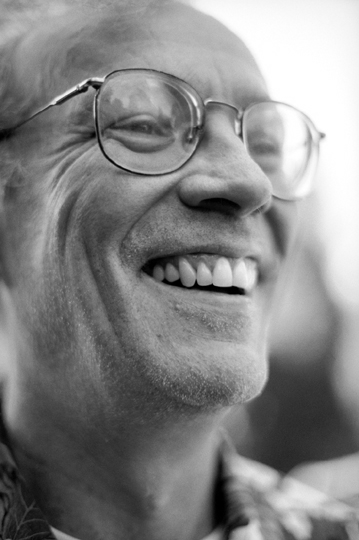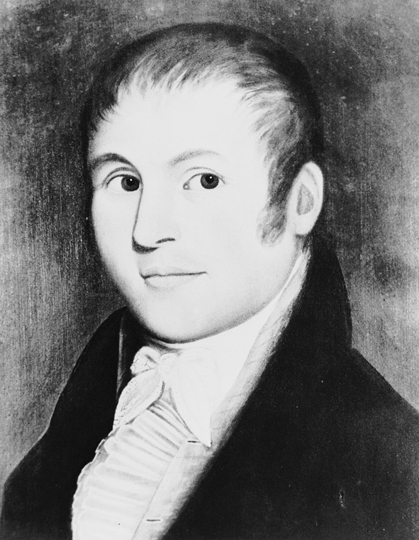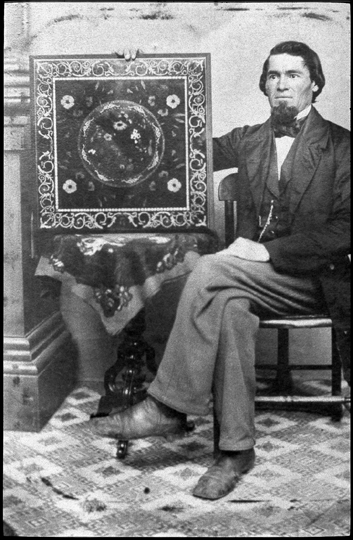


Nathan Lombard
(1777-1847)
Peter Glass
(1824-1901)
Silas Kopf
b. 1949
AMERICAN FANCY: AN EXHIBITION Continued . . .
Popular outlooks toward fancy focused on the critical role that the eye played in garnering images to nurture the imagination. This , and empnasized emotion in fueling the human spirit. The word not only reflected a positive capacity to respond to the pleasures of the surrounding world, but became a specific term that identified specific objects with specific characteristics. Fancy carpets came to signifiy boldly patterened Scotch carpets; fancy coverlets referred to colorful Jacquard coverlets; and fancy glass, to whimsical, free-form glass figures. Virtually anything that pleased the human spirit fell within its realm--not just just lively three dimensional objects, but music, literature, sports and entertainment. The concept slowly gained momentum in the second half of the eighteenth century, blossomed into full flower during the early years of the nineteenth, then once again slipped from favor as outlooks changed again.
This exhibition clearly illustrates that America's artisans were no less articulate in expressing their outlooks toward fancy in the things they crafted, than its literary giants were in articulating theirs on paper. Products in both realms elicited stong responses by incorporating elements of variety, surprise and whim, intending to fuel a the emotions and feed the storehouse of the mind.
Fancy received its strongest boost after 1815 when time that fancy and imagination played very different roles--one in fueling the storehouse of the mind and the other in eliciting the creative powers within. "Fancy....is the genius of whatever is quaint and light, showy and capricious..." wrote one observer, "Imagination belongs to...the serious muse."
The appeal of fancy was further heightened by the invention of the kaleidoscope in 1819, introducing Americans to the concept of abstraction and legitimizing an entirely new realm of decoration. For two decades, it fueled American's endless demand for wildly ornamented goods: kaleidoscopic quilts; abstractly painted woodwork in a myriad of colors; and whimsically decorated ceramics, to name but a few. This new type of ornament was not like an urn or an eagle or a classical column. Instead, it represented an affirmation primarily of itself, of the people who experienced it and of the cornucopia of the mind.
Above all else, Fancy elevated the spirit and provided a sense of reassurance in a period that believed its powers. "The general effect should be lively and cheerful," wrote one proponent for facy painted woodwork, and shortly thereafter a "fancy weaver" advertised "fancy carpeting" that"...cannot fail to suit the taste of the most fanciful.". By its very nature, fancy generated a sense of enthusiasm that permeated life and its experiences, reinforcing the sense of progress made by ordinary Americansduring a time of remarkable change and uncertainty.
Yet Fancy was soon eclipsed by serious issues. The boom years of the 1830s came to an abrupt halt with the financial panic of 1837. Fancy's influence was further undercut by the invention of photography in 1839, when America's vision was re-orienting toward a new view of reality. The exhuberant outlook of the previous decades suddenly seemed inappropriate for the depressed conditions of the late 1830s. Brillian colors gave way to muted tones; joyous abstraction to carefully contained, more realistic detail.
By mid-century,the concepts of fancy faced serious opposition. "Fancy has an extensive influence in morals," wrote the clergyman William Clulow, and then warned: "Some of the most powerful and dangerous feelings derive their principal nourishment from a source so trivial." The transcendentalists of New England repeatedly advised caution, and in 1845 the Shakers re-wrote their "Millenial Laws" to prohibit its influence: "Fancy artricles of any kind, or articles which are superfluously finished, trimmed or ornamented are not suitable for believers." After a century of growth and influence,fancy quickly fell from favor. "Thanksfully, fancy-work is again called needlework", wrote Gustav Stickley at the turn of the century.
Early Americans lived in a world quite different from that of the twenty first century, and the things they owned differed significantly from those we have today. Tracing their changing outlooks toward fancy helps to document American's changing attitudes--not only toward the character of the material world, but toward the emotional behavior they considered appropriate to express. Understanding fancy not only opens us an entirely new means of looking at early America, but of comprehending how dramatically we, as a people, have changed.